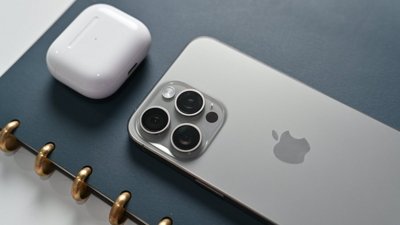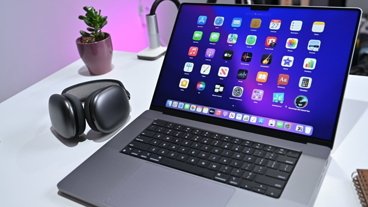Review: Apple's early 2010 MacBook Pros
Apple MacBook Pros (early 2010)
4.0 / 5Position in the MacBook family
The MacBook Pros gain an stronger edge in both processing and graphics performance over the entry level white MacBook and compact MacBook Air, thanks largely to the NVIDIA GeForce 320M in the 13 inch MacBook Pro and the NVIDIA GeForce GT 330M in the 15 and 17 inch models.
The 15 and 17 inch versions also incorporate Intel's new Arrandale Core i5 and i7 CPUs, which are the mobile version of its desktop CPU Nehalem microarchitecture (which Apple uses in the Mac Pro and offers as options on the 27 inch iMac).
Like the desktop Core i5 and i7, the new Arrandale mobile versions in the MacBook Pros include an integrated memory controller, a feature that was formerly handled by the CPU's accompanying external chipset.
Apple's NVIDIA chipset plans thwarted by Intel
In previous Core 2 Duo machines, including all of Apple's previous MacBook models, the company had been pairing Intel's CPU with NVIDIA's 9400M, which served as the machine's basic chipset (handling RAM and I/O ports) as well as its integrated graphics. However, with the move to Nehalem and Arrandale, Intel essentially killed off NVIDIA's ability to compete as a chipset vendor, spoiling Apple's general strategy of standardizing on NVIDIA's full service chip in the process.
Arrandale takes CPU and chipset integration a step further, bundling Intel's "HD Graphics" integrated GPU into the new mobile CPU package itself. This is supposed to result in a dual chip CPU that is paired with a single chip Intel chipset. However, Intel's graphics technology isn't really that advanced, so Apple is again augmenting Intel's package with a helper chip from NVIDIA.
Before Apple began using NVIDIA's 9400M (which serves as both the chipset and the graphics chip), it had to either use Intel's simple integrated graphics as part of Intel's chipset, or provide its own GPU. On lower end Mac models, Apple made do with Intel's limited graphics features (such as it did with the Intel GMA GPUs in the low end iMac from 2006 and the Mac mini and entry level MacBook from 2006 through 2009). Most other Mac models included a separate, dedicated graphics processor from NVIDIA or ATI.
Intel HD plus dedicated graphics
After having its NVIDIA 9400M plans thwarted, Apple is now back to the position of having an Intel GPU on board with Intel's own chipset and another dedicated GPU chip to act as a helper, at least on the 15 and 17 inch MacBook Pros. (The 13 inch model continues to use the previous Core 2 Duo paired with an improved successor to NVIDIA's 9400M chipset with graphics: the NVIDIA 320M.)
To make lemonade of this Intel lemon of a situation, Apple has developed automatic switching technology that allows the higher end MacBook Pros to coast along using the integrated Intel HD Graphics GPU, and then switch to using the dedicated new NVIDIA GT 330M with its own graphics RAM whenever advanced graphics are needed. This is triggered whenever an external display is plugged in, and whenever software calls OpenGL, OpenCL, Quartz Composer, Core Animation or Core Graphics functions.
This is handled automatically by Mac OS X, so it doesn't work if you boot the new MacBook Pros into Windows. In that scenario, the machines run with the NVIDIA GPU on all the time, which provides the best graphics performance without leveraging the increased efficiency of the simpler integrated Intel HD Graphics chip. When idle, the Intel HD graphics chip consumes about 11.5 Watts, while the GeForce GT 330M demands 15.1 Watts. Unless you're plugged into a power adapter, that extra bit of power is another hit on the battery.
While Intel isn't as good at graphics as NVIDIA, it appears Intel's SATA controller performance is better than that of NVIDIA's 9400M, so the fact that the new 15 and 17 inch MacBook Pros now use Intel's chipsets again means that disk performance is slightly better, particularly when using a Solid State Drive. Random read performance is nearly twice as fast as the previous Core 2 Duo models, and sequential write performance is up about 20%, according to tests performed by Anandtech.
On page 2 of 3: Unibody design and other details largely unchanged, unique features among the three MacBook Pro model sizes.
While the MacBook Pro's CPUs and GPUs have been rejiggered, their unibody construction and other features are largely unchanged: rigid aluminum cases with strong edges; good keyboard feel with backlit typing; a big, glass trackpad that supports gestures and secondary clicks; all the same ports as the previous models; and the same high quality displays with wide viewing angles and a glossy screen.
There are a few new options however. The 15 inch model now offers a high resolution screen option of 1680x1050 for $100 more, providing a pixel density nearly identical to the 17 inch version. Both high end models can be ordered with a custom matte finish for $50, although the 15 inch matte option is only available in conjunction with the high resolution screen option (making it part of a $150 package).
All MacBook Pros continue to ship with integrated batteries, which means you can't swap out external packs but that your internal battery will last about as long as two conventional notebook batteries anyway. The new 13 and 15 inch models provide slightly bigger batteries, upgrading from 60 Watt hours to 63.5 on the 13 inch model and from 73 Watt hours to 77.5 on the 15 inch version. The 17 inch model remains the same at 95 Watt hours.
This results in a 10 hour "wireless productivity" rating for the 13 inch MacBook Pro and an 8-9 hour rating for the 15 and 17 inch editions. That figure is based upon browsing the web and word processing with the screen set at 50% brightness, so playing video games or watching DVDs will consume more battery. However, this still gives the MacBook Pros a much longer lifespan than most other notebooks on the market.
The batteries are also rated to last through 1000 cycles, meaning they should outlast conventional batteries and not need replacement throughout the primary life of the system (around five years). They can be replaced for a fee that's comparable to buying a new conventional battery.
With bigger batteries come greater power supply responsibilities. The new 15 and 17 inch MacBook Pros ship with slightly larger, 85 Watt adapters to charge the battery faster. The new adapters also come with streamlined new MagSafe plugs that seem more durable and route the power cable back rather than in a loop that juts out perpendicular to the machine (below).
Unique features among the three MacBook Pro model sizes
As with the previous generation of MacBook Pros (review), the 17 inch model uniquely features three USB ports (rather than two on the 15 inch model) and its ExpressCard/34 slot (rather than just an SD Card slot on other MacBook models.) If you want an SD Card slot reader, you can get one for the 17" model's ExpressCard slot for about $20. The card slot comes in handy if you want to use 3G WWAN card or have some specialized need for an interface like eSATA or additional Firewire ports, although Apple's says its surveys show that only 10% of users ever actually use the ExpressCard slot. If you're in that minority of users who need it, the 17 inch model is the only way to get it on a MacBook.
The 15 inch model supplies 256MB of dedicated video RAM to its GPU, although the high end Core i7 processor option ships with a 512MB. The base CPU model of the 17 inch MacBook Pro comes with a full 512MB of video RAM. The 13 inch version uses 256MB of shared system RAM for its graphics processor.
The 13 inch MacBook Pro now comes with 4GB RAM standard, and all models are expandable to 8GB of RAM. The size of the standard included hard drive is also bumped up slightly across the board, making the new models a slightly better deal in a variety of ways. The biggest jump on the new models, however, comes from the 15 and 17 inch models' new Intel Arrandale processors.
On page 3 of 3: The Arrandale advantage.
Looking just at their clock speeds, it appears that the new Core i5 and i7 MacBook Pros are slightly slower than the Core 2 Duo machines they replaced. However, clock speed isn't a level measure of performance when you're comparing different chip architectures.
The previous 15 inch model offered Core 2 Duo CPUs in 2.53, 2.66 and 2.80GHz versions with a 3.06GHz option. The new 15 inch model offers a 2.4 or 2.53GHz Core i5 or a 2.66 GHz Core i7 (the 17 inch model offers the top two options only).
While they're not clocked quite as fast, the new Arrandale chips perform better because they do more in each clock cycle. One reason for this is that the new chips include a memory controller in the die (it's actually bundled into the Intel HD Graphics chip, which sits next to the CPU in the same package).
This integrated memory controller prevents the CPU from having to communicate with an external chipset to access RAM, offering new efficiency in how the processor can keep itself saturated with data. This in turn makes every cycle of the clock more productive.
Additionally, the new Arrandale chips use Intel's HyperThreading to virtualize four core performance on the two core processors. This technology schedules tasks in such a way to efficiently pack in as much work as possible into the available cores. An actual mobile four core processor would not deliver the same efficiency; HyperThreading can enable a two core part to achieve greater performance without actually using any more energy.
At the same time, the Arrandale parts can also do the opposite when there are not multiple threads available to run at the same time, thanks to a feature called Turbo Boost. The chips will effectively shut down the idle processor core and devote its power to the primary, enabling it to increase its clock speed to finish what it has available to do a little faster. This allows the 2.66GHz Core i5 to ramp up to 2.66, 2.8 or 2.93GHz depending on the workload available.
It's a bummer the 13 inch MacBook Pro takes no advantage of the Arrandale features with its Core 2 Duo design. Either Apple was trying to make sure its entry level professional model could still sneak in under $1200, or it perhaps thought that using the Core i3 or i5 might result in constrained supplies for its popular entry level model due to the newness of the Arrandale components.
The New MacBook Pros in Review
The new MacBook Pros are the same thin, strong and attractive models as last year but now deliver a nice jump in processing and graphics performance while still holding on to the impressive battery life introduced with integrated batteries last year.
The 13 inch model now offers a more definitive performance edge over the entry level white plastic MacBook, while the mainstream 15 inch model debuts both fast new chips and an option for a great looking high density screen. The 17 inch model might be slightly more attractive now that it can be paired with the highly mobile iPad, making it less necessary to lug it around in its full sized glory.
On the downside: the 13 inch version doesn't offer a high resolution screen option nor a matte finish, nor speedier processor options, although it does now come standard with 4GB of RAM, which is the minimum a "Pro" machine should deliver. None of the models offer low priced options for SDD, which is partly because the parts are still expensive. It would be nice to see Apple push SDD more aggressively, as it makes a big, visible difference in disk performance.
Unlike most PC notebooks, Apple's offerings don't include support for Blu-Ray nor HDMI output connectors, although the new machines now support audio output through the Mini DisplayPort, meaning users only need a cheap dongle to route both HDMI video and high quality audio out through the Mini DisplayPort to an HDMI TV.
For more on the features of the MacBook Pro that have not changed since Apple introduced the unibody construction of the notebooks, please refer to AppleInsider's: Apple's unibody MacBook Pro: an in-depth review with video. Also recently published was a first look at the new MacBook Pros entitled: First Look: Pairing the new 2010 17 inch MacBook Pro with iPad.
Rating 4 out of 5
Pros:
Solid construction
Great battery life
Strong CPU and GPU update for 15 and 17 inch models
New audio out support for Mini DisplayPort
Cons:
No built-in HDMI port or Blu-Ray playback
Limited reasonably priced BTO upgrade options for SDD, RAM
No Arrandale CPU options on 13 inch model
Where to Buy
Several Apple Authorized Resellers are offering discounts of up to $250 on Apple's new MacBook Pros through the addition of rebates and instant discount coupons exclusively for AppleInsider readers, all of which can be seen in our Mac Price Guide. The segment of the price guide listing the current MacBook Pros can be seen below, though resellers are also offering up to $450 off previous-generation models as detailed in the Previous Generation Macs (2009) section of the guide.
 Daniel Eran Dilger
Daniel Eran Dilger
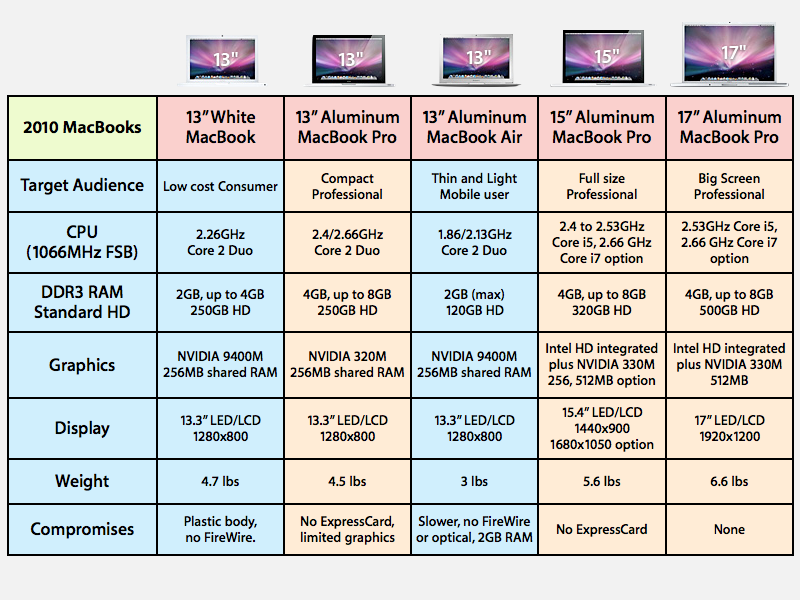
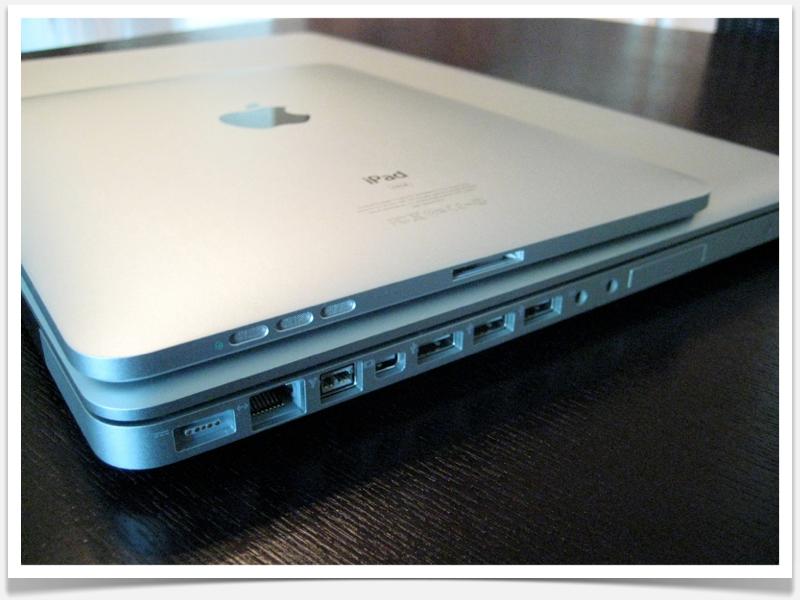
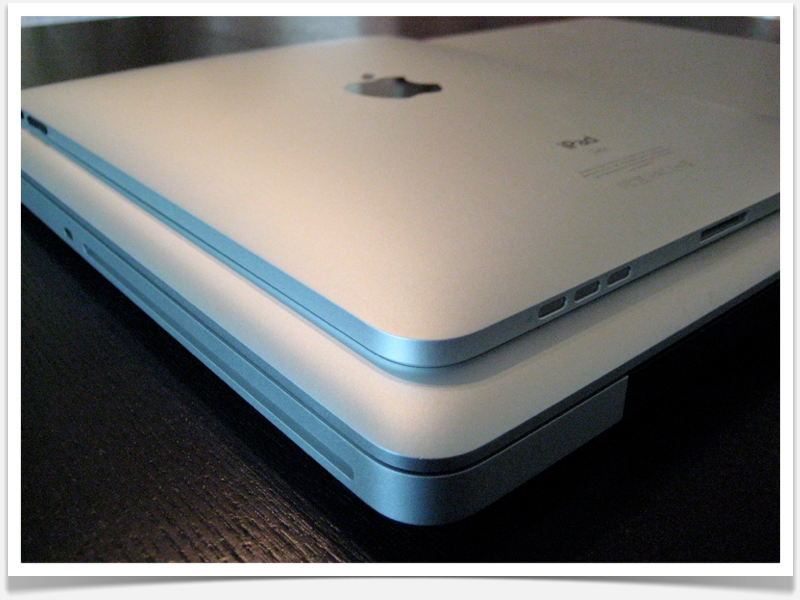
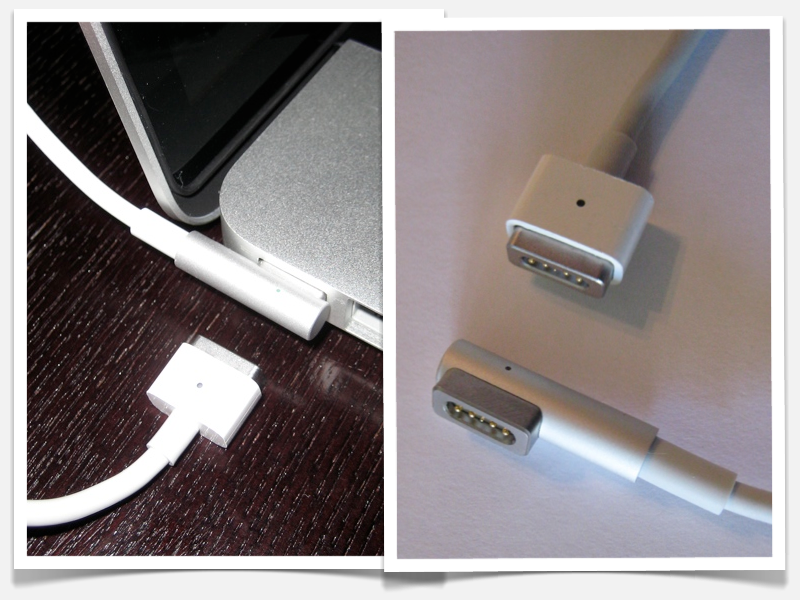
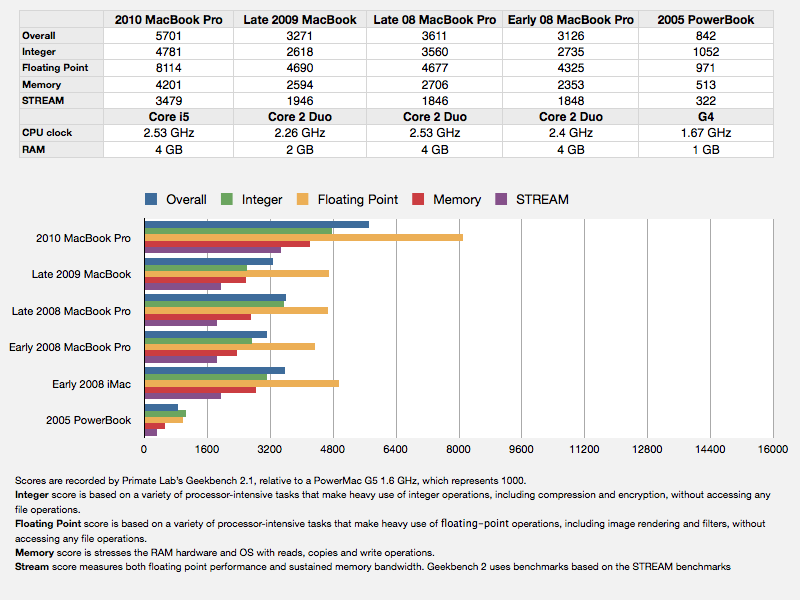
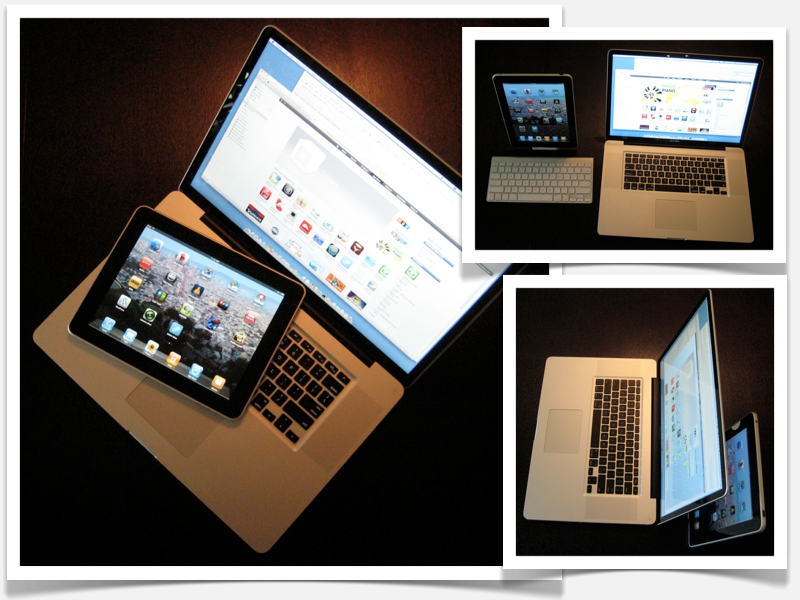












 Chip Loder
Chip Loder
 Andrew Orr
Andrew Orr
 Christine McKee
Christine McKee
 Marko Zivkovic
Marko Zivkovic

 Mike Wuerthele
Mike Wuerthele
 William Gallagher
William Gallagher